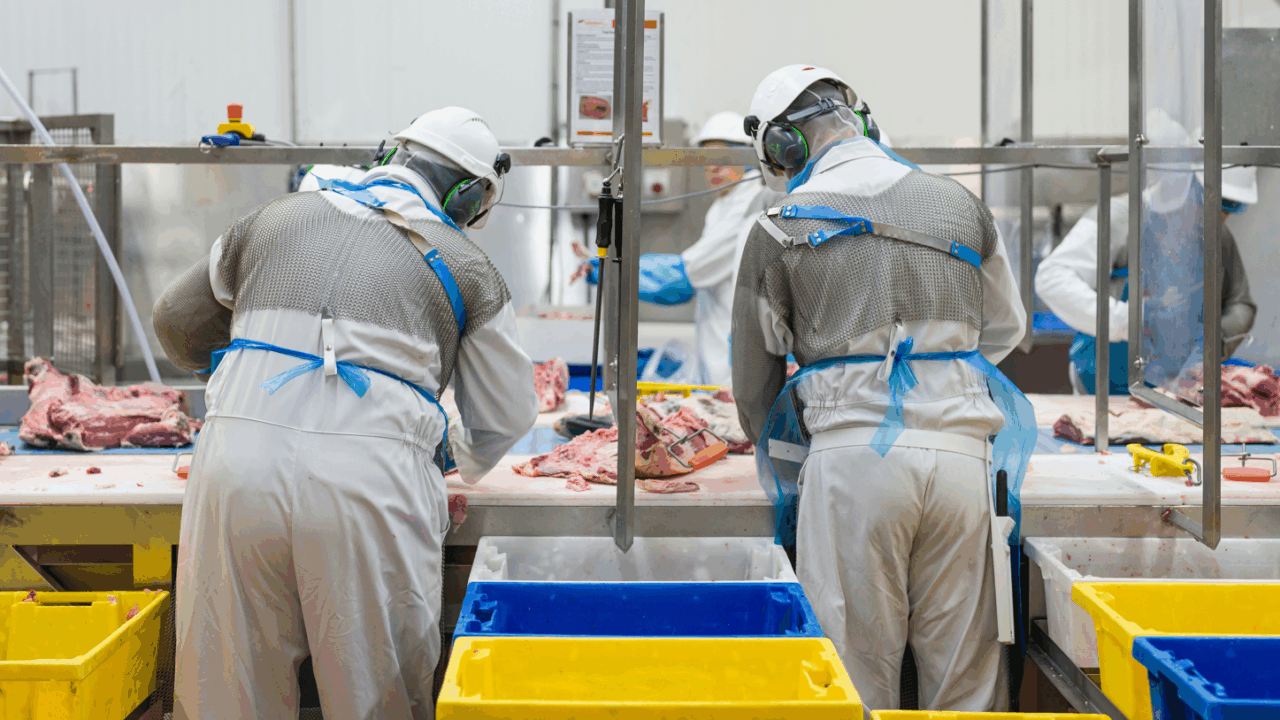Current economics and trends in livestock numbers “may suggest further consolidation in the meat processing sector is likely” in the UK.
That’s according to the Agriculture and Horticulture Development Board (AHDB), which also emphasised that small and medium-sized abattoirs are “likely to be most vulnerable”.
A report from the advisory body on how the structure of the beef and lamb-processing sectors have changed over time noted that, in the future, the forecast reduction in stocking numbers would lead to abattoirs operating on reduced throughputs “which could threaten the economic viability of plants and create increased competition for finished livestock”.
While overall capacity levels are being maintained, the report states that the closure of small abattoirs “is detrimental to the supply chain overall”.
“As well as the social and welfare benefits they bring, small and localised abattoirs provide business to farmers, butchers and rural communities. For example, private kill which enables sales direct to consumers.”
According to AHDB, almost half (46%) of the UK cattle kill in 2024 took place in the 13 largest abattoirs (abattoirs killing over 50,000 head a year).
The 50 smallest abattoirs (killing up to 1,000 head a year) account for only 3% of throughputs in the UK.
The AHDB notes that the sheep processing sector “is even more concentrated, with 62% of the sheep kill occurring in the 23 largest abattoirs in England (abattoirs killing +100,000 head a year), and just 1% in the smallest 27 (abattoirs killing up to 1,000 head a year)”.
Between 2019 and 2024, the total British cattle and calf slaughter increased by 5.4% to 2.2 million. Meanwhile, total sheep slaughter declined by 13% to 11.4 million head.
The AHDB analysis also highlights that the long-term outlook for British cattle and sheep production “shows a continued decline in output by 2030 unless action is taken to mitigate reductions”.
“Declining livestock numbers implicate national production levels, which directly effects food security,” the report states.

